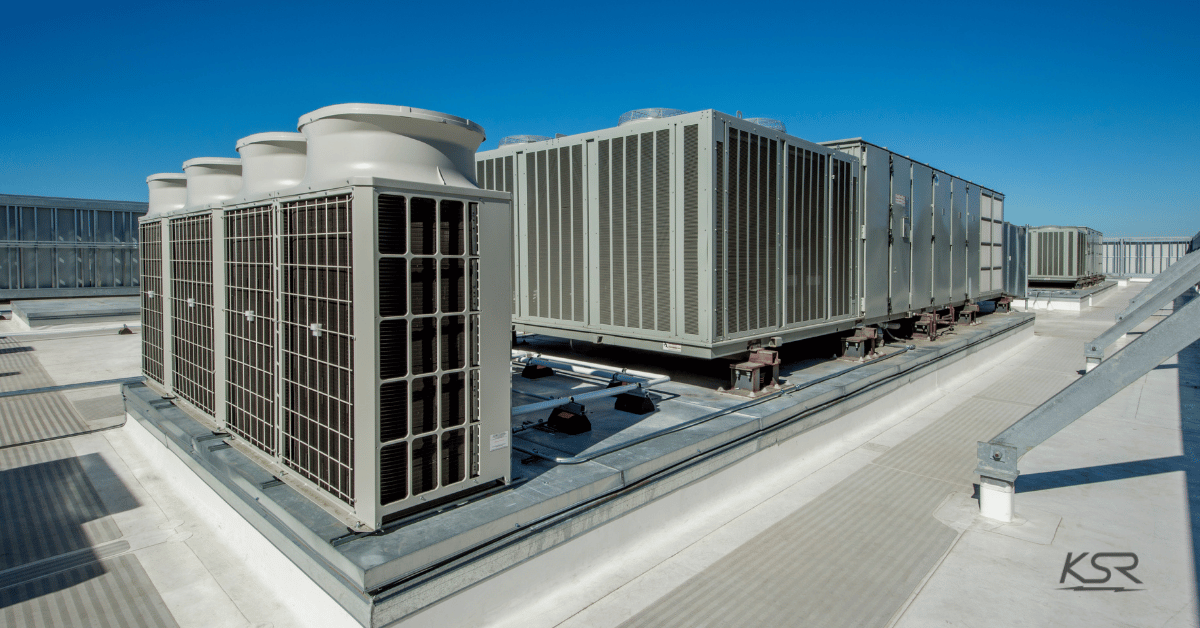Maintain Your Furnace for Winter: As the temperatures drop in Illinois, your furnace becomes more than a convenience it’s essential. When the first cold front arrives, the last thing you want is to discover your heating system isn’t working. That’s why fall is the best time to get your furnace ready by making sure it’s in top shape before the winter months.
Regular maintenance not only helps your furnace run efficiently but also keeps your energy bills under control and extends its lifespan. Whether you’re caring for an older gas furnace or a new model, these furnace maintenance tips will keep your home warm all season long.
Why Furnace Maintenance Matters Before Winter
Maintain Your Furnace for Winter: Your furnace works hardest during the cold months. Without routine maintenance, minor issues can turn into expensive furnace repairs or even a complete breakdown right when you need heat the most.
Furnace maintenance ensures your system runs efficiently and safely, improving indoor air quality and giving you peace of mind. Neglecting these maintenance tasks can lead to:
- Higher monthly energy bills
- Poor air quality
- Uneven heating or cold spots
- Risk of carbon monoxide leaks
- Shortened lifespan of your HVAC system
Top Furnace Maintenance Tips to Prepare for Winter
Maintain Your Furnace for Winter: Follow these maintenance steps to prepare your furnace for winter and keep it running smoothly. Some DIY tips are simple enough for homeowners, while others require a service technician.
1. Replace or Clean the Furnace Filter
A clogged or dirty furnace filter restricts airflow, forcing the furnace to work harder. Replace the filter every 1–3 months, or clean reusable filters thoroughly. Regular air filter changes improve efficiency and help keep your home free of dust and allergens.
2. Test and Set Your Thermostat
Switch your thermostat to heating mode and set your thermostat a few degrees higher to ensure your furnace operates correctly. If it doesn’t start promptly, inspect for calibration or wiring issues.
3. Clear Air Vents and Registers
Blocked vents make your furnace strain. Keep them unobstructed and change the air circulation by vacuuming away dust and debris.
4. Clean Around Your Furnace
Keep the area around your furnace clear of storage, paint cans, and cleaning products. This improves safety and airflow.
5. Inspect the Pilot Light, Burner, and Ignition
For older units, ensure the burner flame is steady and blue. Newer systems with electronic ignition should spark reliably. If you smell gas, shut off the gas valve and call for professional service.

6. Lubricate the Blower Motor
If your blower motor requires oiling, follow manufacturer guidelines to avoid wear.
7. Check the Blower Belt
Inspect for cracks or stretching in older belt-driven models. Replace worn belts to keep the system running quietly.
8. Test Carbon Monoxide Detectors
Working carbon monoxide detectors are vital for safety. Replace batteries annually.
9. Inspect the Gas Line
Check connections for leaks. If you suspect a gas leak, contact a professional furnace technician immediately.
10. Schedule a Professional Furnace Tune-Up
A furnace tune-up from a qualified technician includes checking the flame sensor, cleaning the heat exchanger, tightening electrical connections, and verifying efficiency. Annual maintenance is the best way to keep your furnace running at its best and warm all winter long.
Signs Your Furnace May Need Repair
Maintain Your Furnace for Winter: Your furnace may be struggling if:
- It takes too long to heat
- Some rooms stay cold
- The furnace turns on and off frequently
- You notice unusual noises or odors
- The air feels dry or dusty

Benefits of Regular Maintenance
Maintaining your furnace with preventive maintenance measures offers:
- Consistent comfort throughout your home
- Cleaner indoor air quality
- Reduced need for furnace repairs
- Extended lifespan of your heating and cooling equipment
- Lower risk of winter furnace breakdowns
Final Winter Furnace Maintenance Checklist
- Replace or clean the filter (furnace’s air filter)
- Set your thermostat and test operation
- Clear vents and registers
- Inspect pilot light or ignition
- Clean the heat exchanger
- Lubricate blower components
- Check carbon monoxide safety devices
- Schedule professional furnace service









